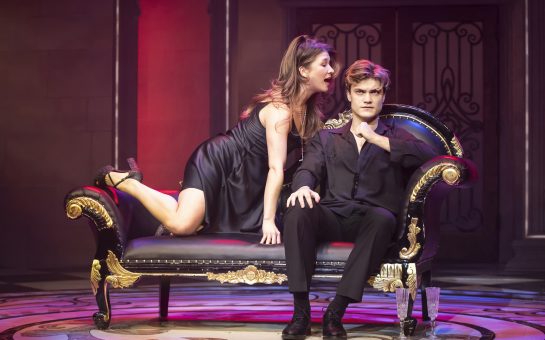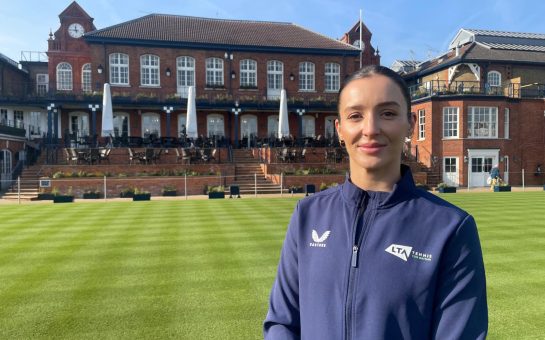Female Wimbledon tennis players have long been experimenting with fashion, from May Sutton daring to roll up her sleeves in 1905 through to Suzanne Lenglen scandalously playing without a corset in 1920.
After the First World War tennis fashion rapidly evolved and the luscious green of the Wimbledon courts became the perfect catwalk opportunity to showcase daring outfits.
The 1920s paved the way for clothing which allowed freer movement, with calf-length cotton dresses sporting pleats, loose waists and short sleeves.
Whereas the 1930s tennis fashions introduced a more masculine influence, mimicking the tennis attire of their male counterparts n in an early wave of sexual equality.
During the 1931 Championships, Joan Lycett became the first female tennis player to bare all, by provocatively swapping stockings for ankle socks on Centre Court.
This risqué move cleared the way for shorter hemlines, eventually leading to the very popular culottes, divided skirts and shorts.
The first female player to famously wear these shorts on Centre Court was Eileen Bennett in 1934.
On the first Tuesday of the Championships she walked onto Centre Court wearing shorts that revealed her bare knees, creating a wave of shock among spectators.
While Eileen didn’t win a Wimbledon title she certainly sparked a fashion revolution in the 1930s, with culottes and divided skirts becoming commonplace and even being worn today.
In addition to shorts, she was also known for wearing dresses which showed more of the back than usual etiquette dictated which was considered unorthodox for the era.
Just how would they have coped with the outfits Serena Williams and Maria Sharapova sport on the court?
Image and video courtesy of British Pathé, with thanks




